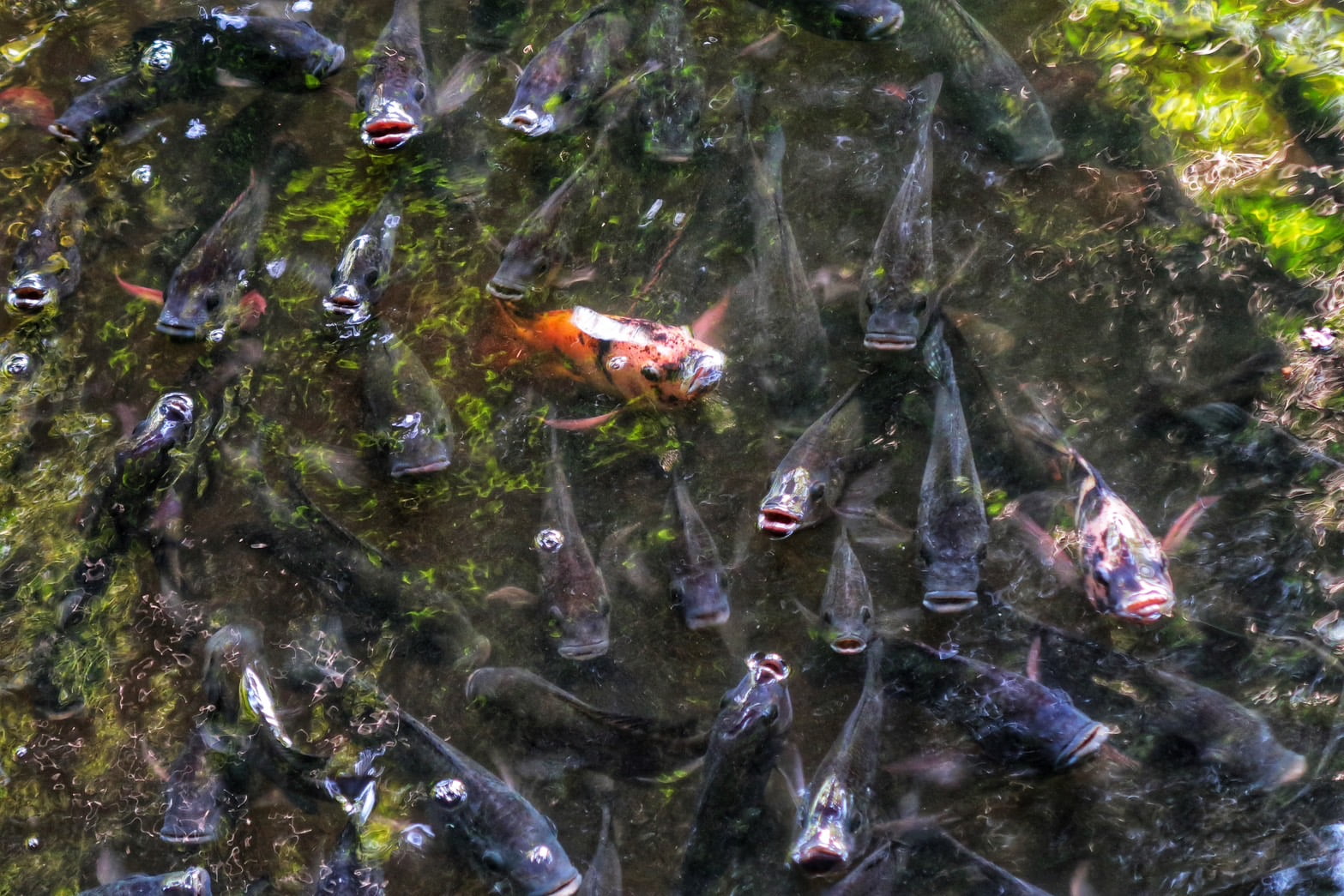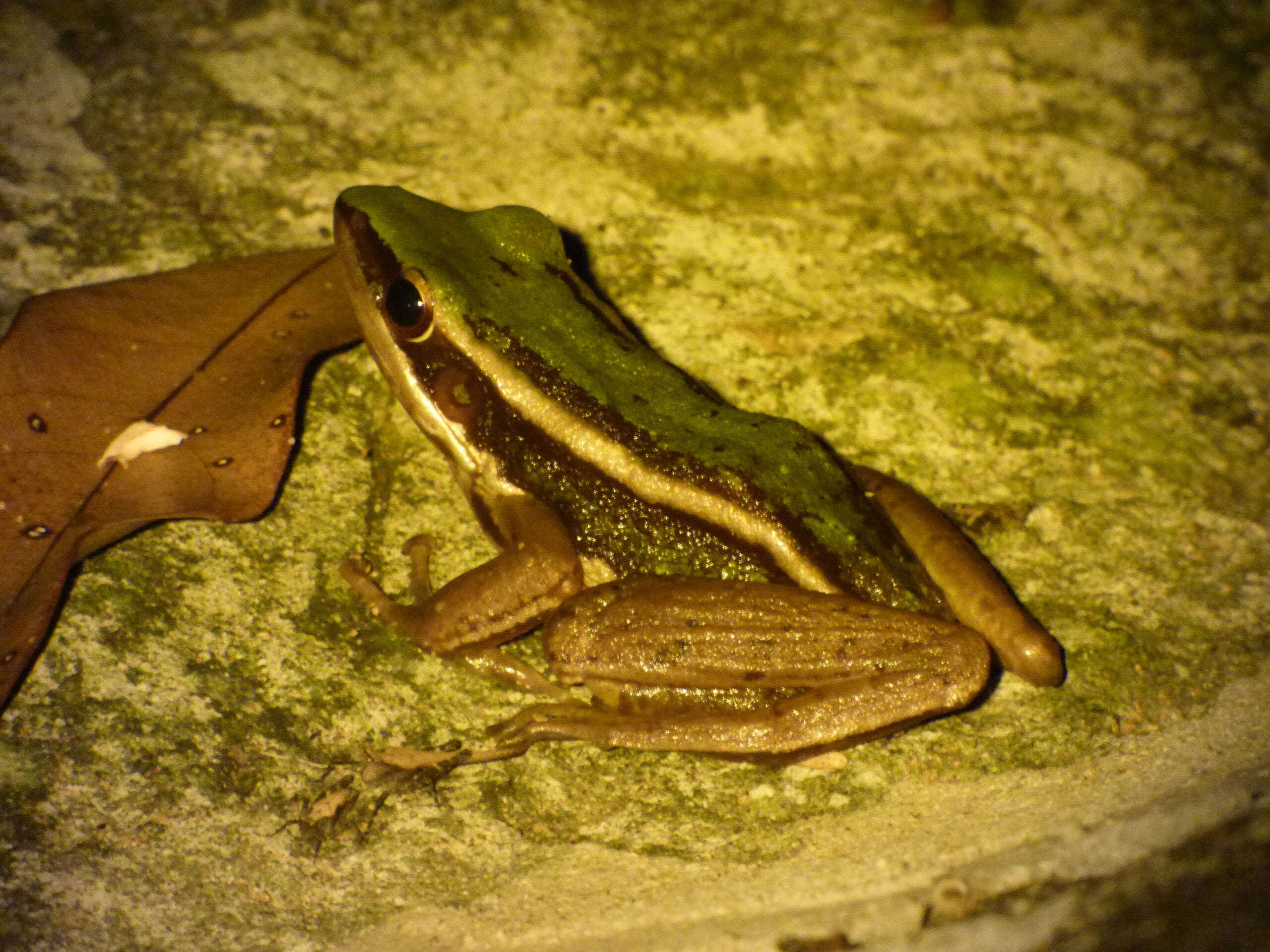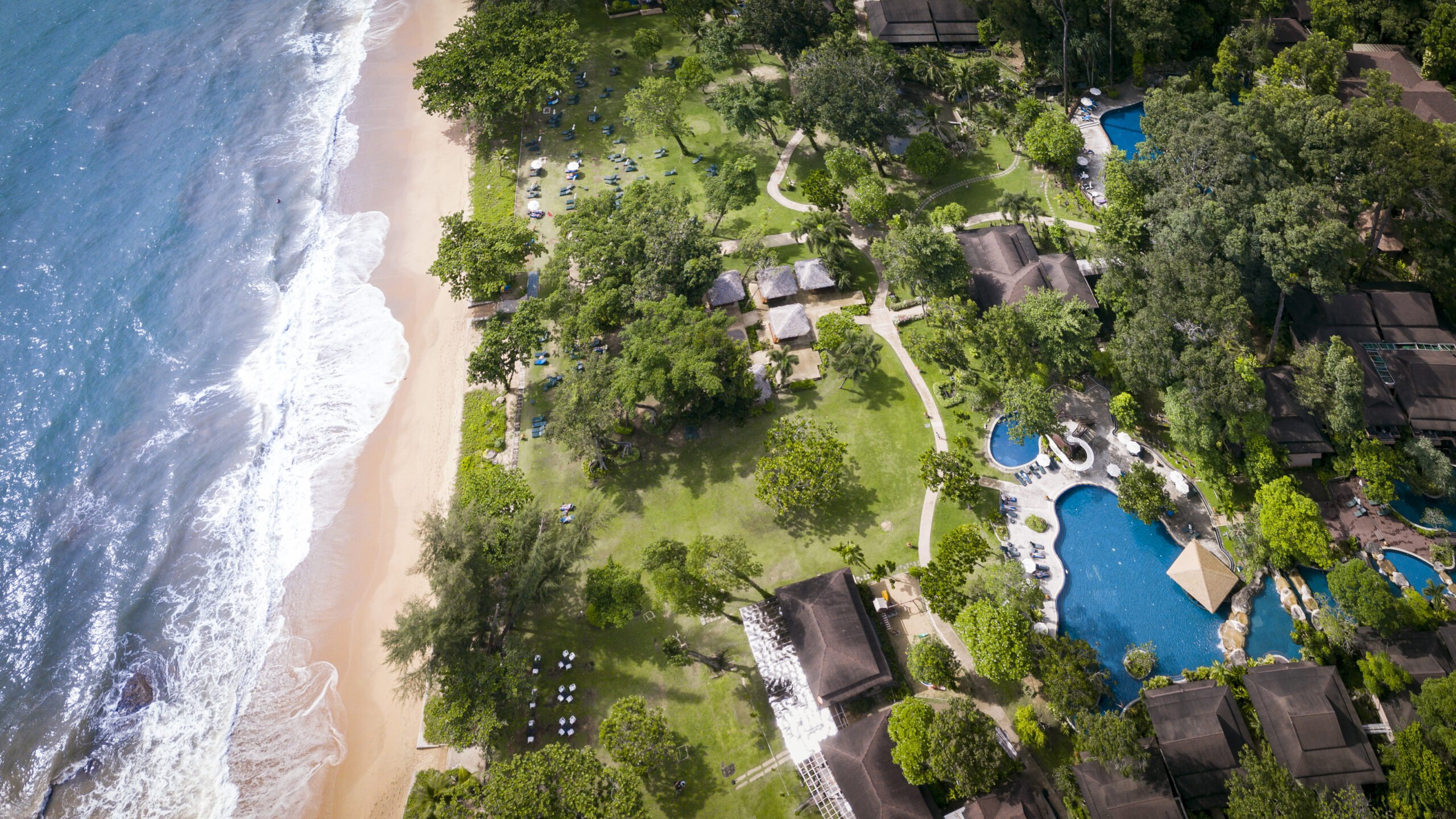
Wastewater Management and Role of Amphibians
Written by Monsicha Wangthongchaicharoen
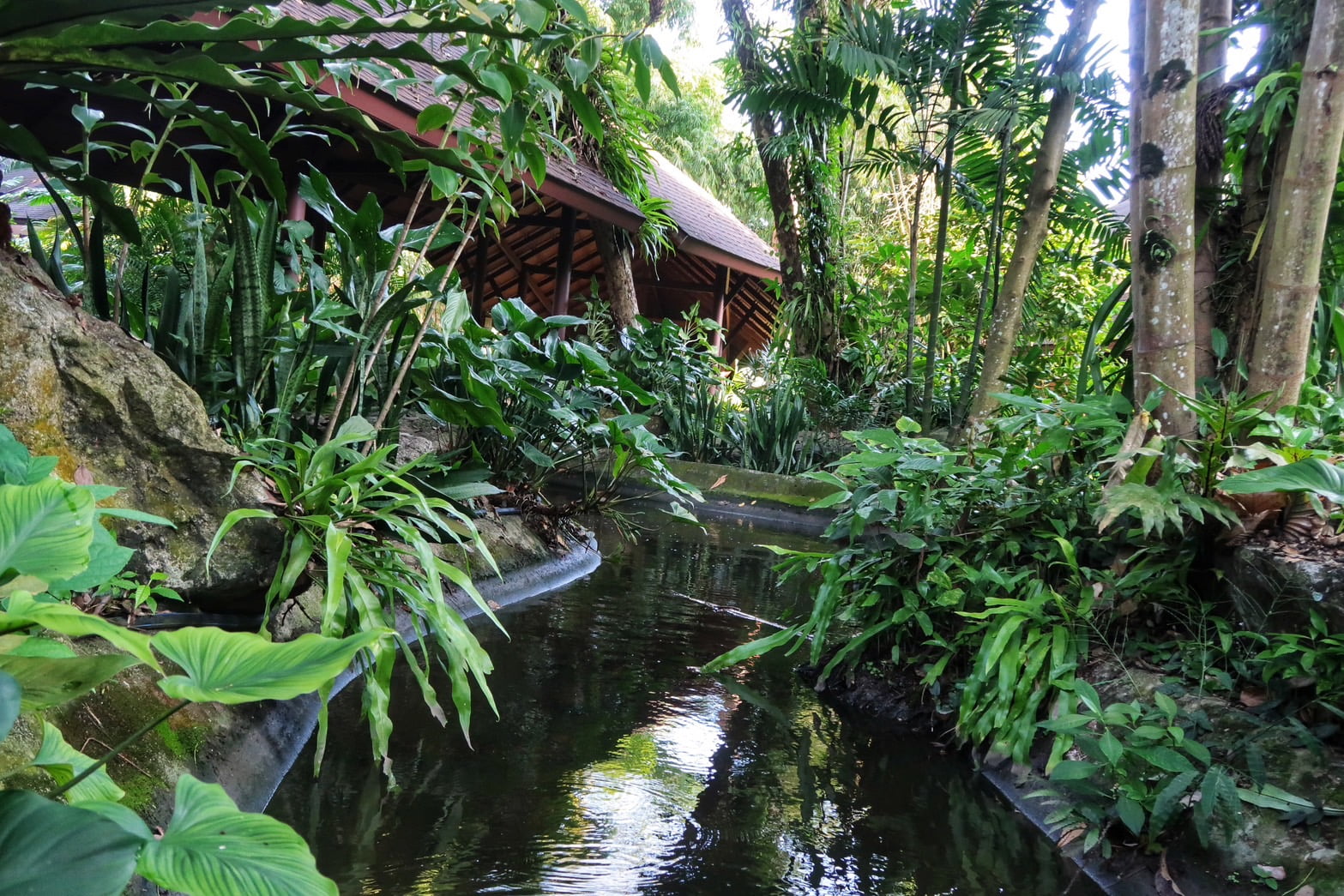
Wastewater Treatment
Every hotel experiences some sewage and wastewater treatment challenges. Wastewater treatment is a critical process for safeguarding public health and protecting the environment. The primary goal of wastewater treatment is to remove contaminants from used water before it is released back into the environment or reused.
Being aware of environmental contamination, Khaolak Merlin resort follows proper and strict management practices for the wastewater treatment system, which was developed since the initial planning stages of the hotel’s construction. This multi-stage process typically begins with preliminary treatment, where wastewater from every part of the resort floods together into the underground tank, where large debris such as sands and dirt are filtered out.
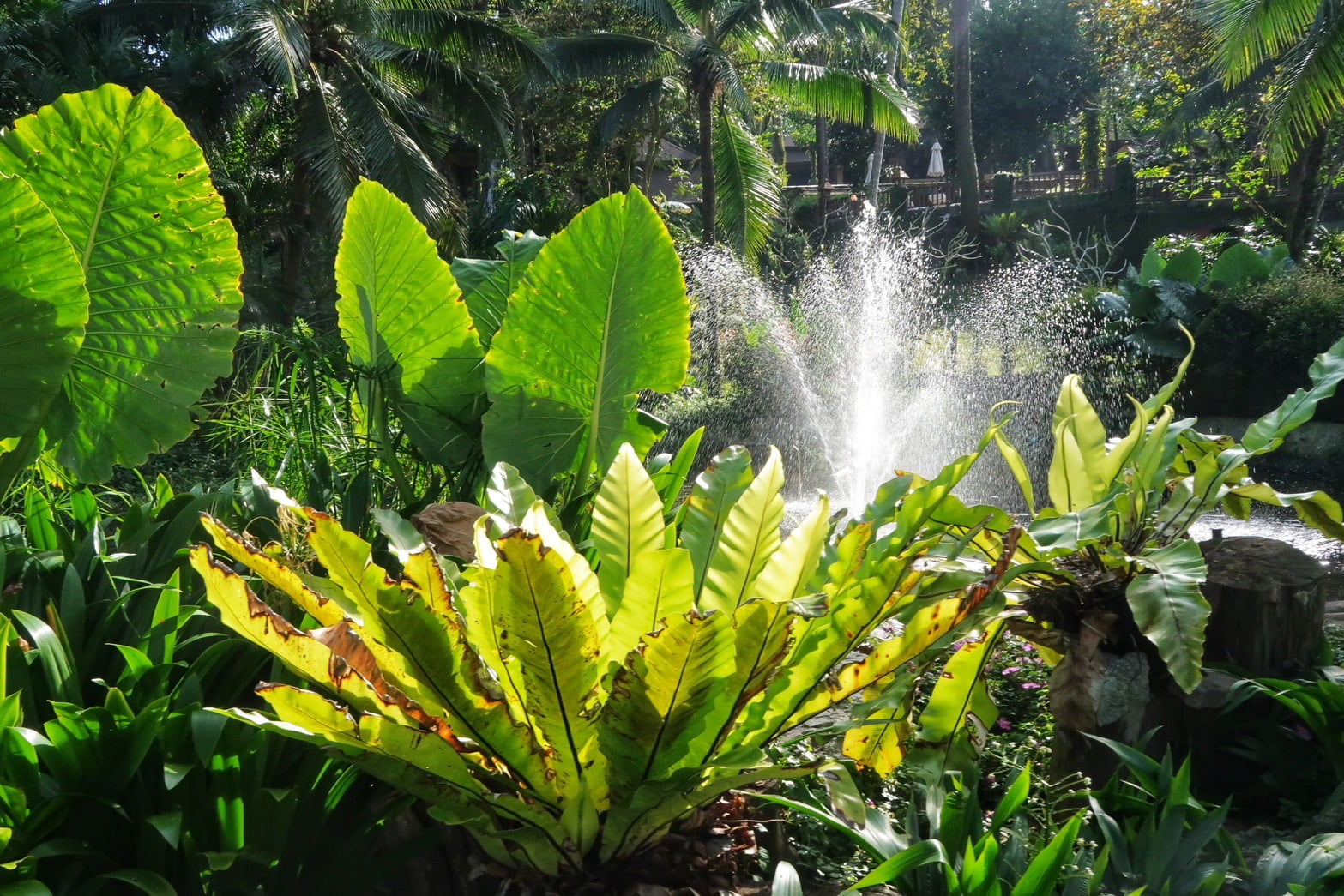
Following this, sedimentation, often considered as the heart of the wastewater treatment process, introduces microorganisms to consume and break down the organic matter in the wastewater, separating into treated water and sludge full of organic matter and some microorganisms. This sedimentation step is repeated after the treated water has passed through the aeration tank where the air is pumped into the tank to generate an activated sludge process, through which organic compounds are broken down and digested before being removed from the wastewater by sedimentation and filtration. As such, aeration is an essential process and need for bacterial biodegradation.
After the sedimentation and aeration, the treated water undergoes the sterilization process to remove remaining impurities and pathogens ensuring that the treated water is safe for reuse. The treated water is then used to fill the canals, streams, and ponds in the resort, securing hydration for our rainforest and preventing contamination of the sea. While the sludge from the process can be used as the microorganism substance to increase the number of microbes in the sedimentation tank or it can be dried and used as fertilizer for our certain growth and healthy rainforest.
Amphibians as Environmental Sentinels
This environmentally safe is not only our words, we also have the evidence that our treated water is of high quality. Frogs and toads, charming little amphibians, are vital sentinels and qualified to use as a monitor species for water quality, due to their unique physiological traits and ecological significance. Frogs and toads have highly permeable skin that allows them to exchange dissolved oxygen and carbon dioxide via water, making them exceptionally sensitive to changes in their habitat. This sensitivity extends to pollutants, toxins, and other contaminants that may present in their aquatic environments. When water quality deteriorates, these amphibians often exhibit immediate and noticeable signs of distress. Changes in their behavior, reproduction rates, and overall health can serve as early warning indicators of environmental degradation.
Moreover, the presence or absence of certain frog and toad species can provide insights into the broader health of an ecosystem. In our high-quality water resources around the resort, nine species of frogs and toads utilize them as their habitat where they live and reproduce peacefully. Similarly, Nile tilapia, which prefer water with a neutral to slightly alkaline pH (around 6.5 to 8.5), also inhabit these waters. pH levels outside this range can cause stress to the fish and disrupt their growth. These fish, along with frogs and toads, play crucial roles in mosquito control by preying on mosquito larvae. They are also preyed upon by monitor lizards living in the hotel’s area. This clearly shows that our treated water is of high quality and contributes positively to the complex ecosystem at Khaolak Merlin Resort.
